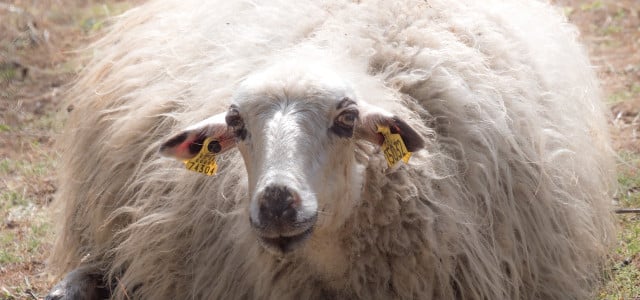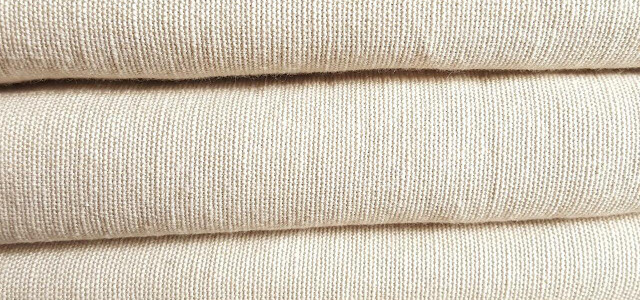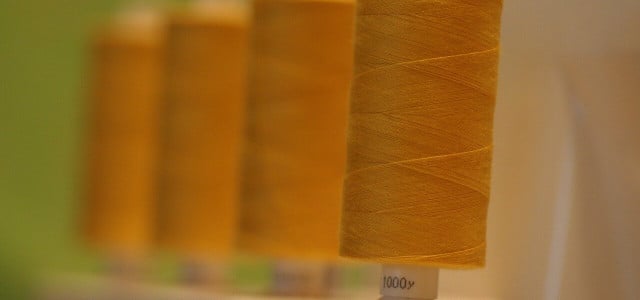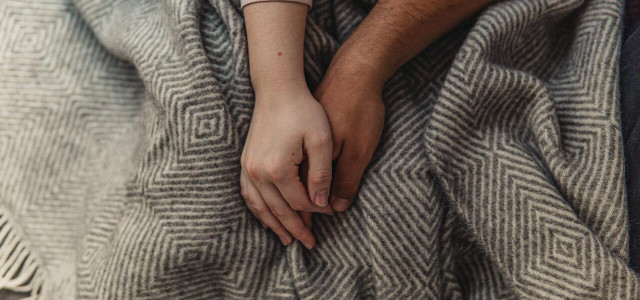What is Merino wool? Your favorite sweater might be made of it, or you might’ve seen it on a label. We’ll look at the ethics behind this natural fiber.
What is Merino wool? This popular fabric is found in winter sweaters, blankets and even fine wool lace. It’s made from the wool of Merino sheep, a breed selectively bred to produce it. Not only is Merino wool soft and warm, but it’s highly insulative and water-resistant.
Due to its versatility, Merino wool is popular and more affordable than it once was. It could only be enjoyed by the extremely wealthy.
Merino’s fine texture comes from its delicate fibers, which are small in diameter. The smaller fibers make the material less likely to itch, so it can be worn close to the skin — which is why you can even find Merino wool underwear.
So what makes Merino wool different from other wools? Are any sheep harmed to obtain the wool, and is the production process sustainable and eco-friendly?
To make informed choices, we need to look at the facts about what Merino wool is and where it comes from.
Where Does Merino Wool Come From?
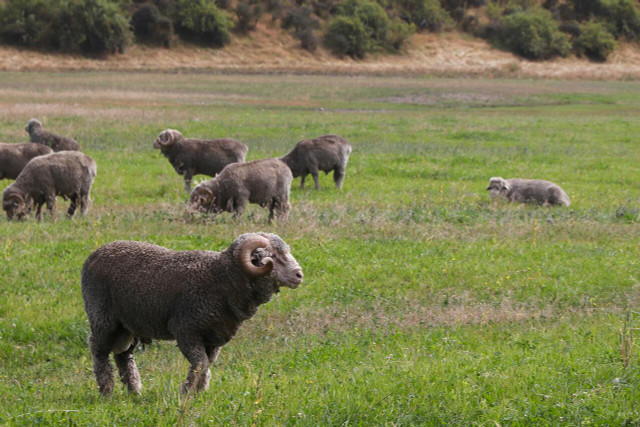


Merino sheep account for more than 50% of the global sheep population. They originated in Spain in the Middle Ages before being introduced to Australia and New Zealand, where they were then extensively bred. Merino sheep are not only used for their wool but also for meat. Australia remains the world’s largest exporter of wool.
Marino sheep were introduced to America in 1812. As Napoleon invaded Spain, instead of allowing Napoleon to squander the Merino flocks, the Spanish eased the blockade on exporting the sheep. William Jarvis, the United States Consul to Portugal, brought Merino sheep to Vermont. By 1837, the flock had expanded greatly, reaching about a million animals. Today, however, they number around only 20,000.
Merino sheep are a medium-sized sheep breed. The rams have spiral horns, which, if left intact, curl around their faces. They can breed out of season and, dependent on the specific breed, are shorn every two to eight months. A Merino sheep can produce up to 18 kilograms of wool per year.
Are Sheep Harmed For Their Wool?
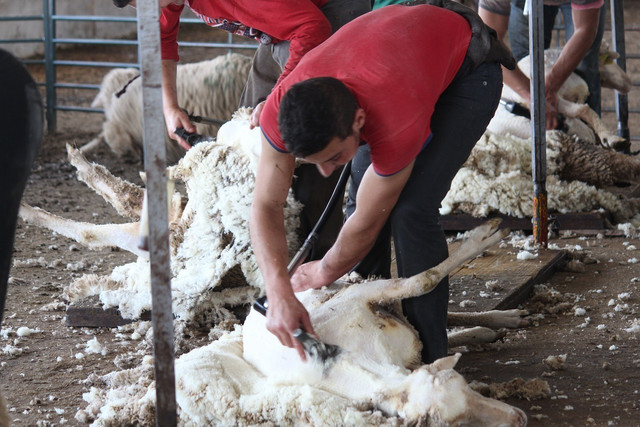


It’s fantasy to believe that we live in a world where animals raised for their coats, flesh or other commodities are normally treated with care and respect. It can be argued that they are treated well in some cases; however, the wool industry is based on profit. As such, issues like shearing efficiency typically come ahead of sheep welfare. Wool organizations have standards and insist that shearing is essential for sheep health, but there are other considerations.
Castration, tail docking, de-horning and mulesing are standard practices suffered by Merino sheep. Mulesing is the practice of cutting off chunks of flesh from lambs’ hindquarters. In addition to the pain, mulesing creates a stress response that can continue for days. Mounting pressure is being put on big companies like Nike to end support of this brutal practice.
What is the purpose of mulesing? Well, sheep are bred to have folded wool, which can gather urine and feces and attract flies. If those flies lay eggs, the resulting maggots eat into the sheep’s flesh. This is known as fly strike — a painful condition for the affected animals. So, at present, it’s a no-win situation; as these sheep are bred to produce massive amounts of wool, they must either go through mulesing or have their skin eaten by maggots.
Shearers are usually paid by volume, so it is financially desirable for them to sheer the sheep as quickly as possible. Unfortunately, most sheep don’t enjoy being shorn and often struggle to get away. That can lead to the sheep being roughly treated or hurt in the shearing process.
Once Marino sheep can no longer provide adequate wool, they are typically butchered for their meat.
Is Merino Wool Environmentally Sustainable?
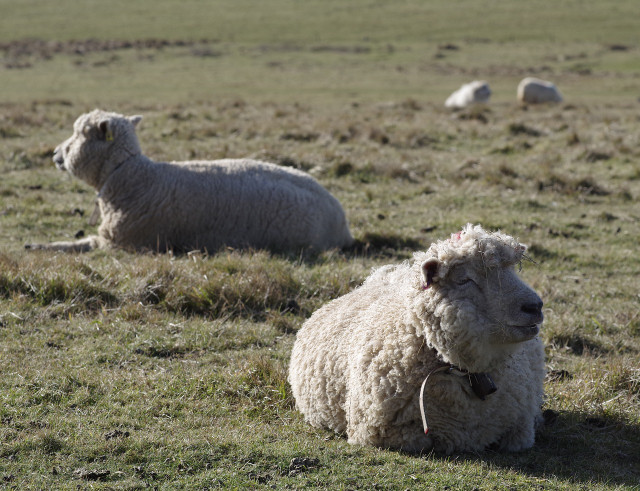


Merino wool is biodegradable, so in that respect, it is environmentally friendly. The material also doesn’t usually go through chemical processing. Merino clothing items are long-lasting, durable and don’t need to be washed often, resulting in less energy use and water waste. The production process is where things get tricky.
Merino sheep are bred in droves, and their capacity to eat a lot of grass results in soil erosion. This overgrazing does have a negative environmental impact, as it leaves swaths of barren land behind. To counteract this, some breeders also feed their sheep grain. Concentrated animal feed operations (CAFOs) are becoming a significant problem. CAFOs pollute air and water, with possible ramifications for human health.
Soil erosion and CAFOs arising from the farming of natural fibers like Merino wool can sometimes pale compared to the detrimental environmental impact of synthetic materials like polyester. Whether or not you consider it to be ethical can come down to your feelings about animal welfare and factory farming in general.
Read more:
- What Is Cashmere Wool, and Is It Sustainable and Ethical?
- Sheep Dipping for Wool: Harmful to Animals, Environment and Humans
- Is Wool Vegan? This is How You Can Knit More Sustainably
Do you like this post?






